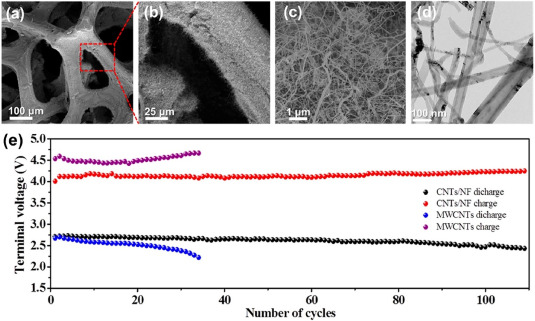
In-Insect Synthesis: Revolutionizing Molecular Nanocarbon Fabrication
Insects might provide a solution for a groundbreaking technique to synthesize oxygen-doped molecular nanocarbons. A research team in Japan has unveiled an innovative method referred to as ‘in-insect synthesis.’ This technique presents potential advancements for fabricating intricate nanocarbons that are challenging to create in laboratory environments.
Under the guidance of Kenichiro Itami from the Riken Center for Sustainable Resource Science, the study investigated the use of insects for chemical synthesis. The team initially trialed silkworms, but the selected substrate turned out to be toxic for them. Consequently, they shifted their focus to the tobacco cutworm, a hardy pest known for its rapid lifecycle, as a more fitting option.
The researchers formulated a specialized diet that included the nanocarbon substrate for the cutworm larvae. Upon consuming this diet, the larvae produced frass, which was subsequently processed to isolate the synthesized compound. The product, named [6]MCPP-oxylene, resulted from a distinctive oxygen-doping process involving two cytochrome P450 enzymes found in the cutworms.
The importance of this method resides in its selectivity and capability to efficiently transform nanocarbons. While there are challenges related to scaling the process, Itami considers it a valuable alternative for synthetic chemists. Although this technique may not replace conventional methods, it offers a fresh avenue to produce functional molecules and investigate new chemical reactions.
Despite the challenges of scaling up, the researchers highlighted the possibility of reusing the cutworms without inflicting harm on them. The research underscores the necessity for additional investigations to enhance this method and understand its practical uses.
Milo Shaffer from Imperial College London recognizes the innovative nature of the experiment but raises doubts about its long-term feasibility. He recommends concentrating on the enzymes that facilitate the reaction rather than the entire organism.
To summarize, ‘in-insect synthesis’ introduces a revolutionary idea in molecular chemistry. Its capacity to enable selective transformations could open pathways for the development of non-natural molecules, offering a fresh approach to the synthesis of complex compounds.